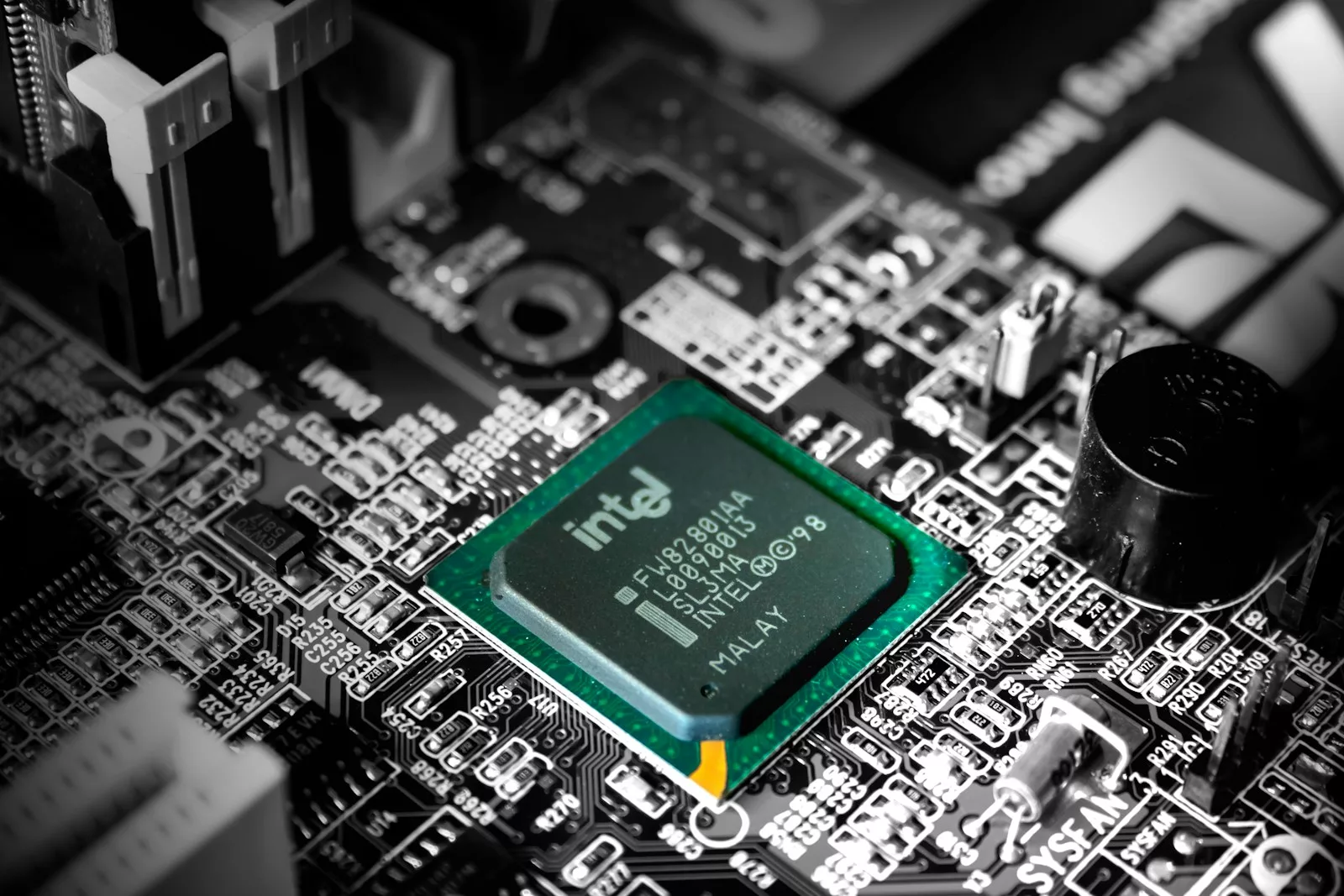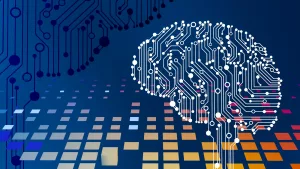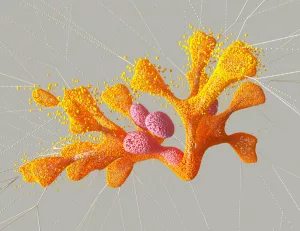In today’s fast-paced digital world, a well-performing computer is more essential than ever. Whether you’re a gamer striving for seamless visuals, a content creator handling intensive software, or simply a user wanting to speed up everyday tasks, upgrading your computer can be the key to unlocking its full potential. Modern hardware advancements make it easier to breathe new life into your machine without buying an entirely new system.
This comprehensive guide will help you understand how to identify performance bottlenecks, choose the right upgrades, and maintain your system to ensure it meets your needs for years to come. With the right upgrades, you can transform your computer into a high-performance powerhouse that keeps pace with your demands.
Understanding Your Computer’s Current Performance
Before upgrading, it’s crucial to assess your computer’s current performance and identify bottlenecks. This knowledge ensures that your investments yield the best results.
Diagnosing Performance Issues
Begin by evaluating how your computer handles day-to-day tasks. Slow boot times, lagging applications, or freezing screens often point to hardware limitations. Use tools like Task Manager (Windows) or Activity Monitor (Mac) to identify which components are underperforming. Observe for high CPU usage, limited RAM availability, or excessive disk activity.
Software diagnostics such as benchmarking tools (e.g., Cinebench for CPUs, CrystalDiskMark for storage) provide detailed insights into component performance. These results allow you to determine whether your computer is running at optimal capacity or falling behind.
Identifying Bottlenecks
Performance issues often stem from specific hardware bottlenecks. Here are the common culprits:
- Processor (CPU): High CPU usage, especially during multitasking or running demanding software, suggests the need for a more powerful processor.
- Memory (RAM): Limited RAM can cause sluggish performance when multiple applications are running simultaneously.
- Storage: Traditional HDDs often result in slow load times compared to SSDs. Aging drives may also lead to frequent errors.
- Graphics Card (GPU): An underpowered GPU leads to poor graphics rendering, stuttering, and reduced frame rates, particularly in gaming or content creation.
By pinpointing the specific bottleneck, you can allocate your resources effectively, prioritizing upgrades that yield the most significant improvement.
Choosing the Right Upgrades
After identifying performance bottlenecks, select the upgrades that address your computer’s unique needs. Let’s explore the most impactful upgrades in detail:
Upgrading Your Processor (CPU)
The CPU is the brain of your computer, responsible for executing instructions and managing tasks. A faster, more capable processor can drastically improve speed and responsiveness.
Choosing the Right CPU
Start by checking your motherboard’s specifications to ensure compatibility with potential CPU options. Modern processors are evaluated based on core count, thread count, and clock speed. For users running intensive applications like video editing or 3D rendering, a multi-core processor (e.g., Intel Core i7/i9 or AMD Ryzen 7/9) provides noticeable improvements.
Installing a New CPU
- Power down your computer and disconnect all cables.
- Open the case and locate the CPU socket.
- Release the old processor carefully and replace it with the new one, aligning the pins correctly.
- Apply thermal paste evenly before securing the heatsink or cooling solution.
- Close the case, reconnect cables, and test functionality.
A new CPU enhances the overall speed, especially in multitasking and processing-heavy workloads.
Expanding Memory (RAM)
Adding more RAM is a straightforward way to increase performance. More memory allows for smoother multitasking and faster execution of memory-intensive tasks.
Determining Your RAM Needs
Determine how much RAM your system requires based on your usage. Casual users often find 8GB sufficient, while gamers and creators typically need 16GB or more. High-end users, such as data analysts or video editors, may benefit from 32GB or even 64GB for seamless performance.
Installing Additional RAM
- Confirm your motherboard’s RAM capacity and check the supported RAM type (e.g., DDR4).
- Purchase RAM sticks compatible with your motherboard.
- Turn off the computer, open the case, and locate the RAM slots.
- Insert the new RAM into the empty slots, ensuring they are properly seated.
By expanding your RAM, you immediately notice smoother performance, especially when running multiple applications simultaneously.
Switching to Solid-State Drives (SSD)
Upgrading to an SSD is among the most transformative improvements. SSDs provide faster boot times, reduced load times, and overall better system responsiveness.
Types of SSDs
- SATA SSDs: The most accessible option for older systems, SATA SSDs still provide significant improvements over HDDs.
- NVMe SSDs: These drives are faster than SATA SSDs, offering incredible read/write speeds. Ensure your motherboard has M.2 slots if choosing an NVMe SSD.
Installing an SSD
- Back up all important data before proceeding.
- Install the SSD into an available drive bay or M.2 slot.
- Clone your existing drive to the SSD or perform a fresh OS installation.
This upgrade delivers one of the most noticeable enhancements to everyday computing, dramatically reducing wait times and improving user experience.
Enhancing Graphics Performance with a New GPU
For gamers, 3D modelers, and video editors, upgrading your GPU can elevate your experience by delivering higher frame rates and better rendering capabilities.
Choosing the Right GPU
Evaluate your needs based on your applications. Gamers might lean toward NVIDIA’s RTX series or AMD’s Radeon RX lineup, while professionals might prioritize GPUs designed for productivity, such as NVIDIA’s Quadro series. Verify that your power supply and case dimensions support the new GPU.
Installing a GPU
- Uninstall current GPU drivers to avoid conflicts.
- Open your case, remove the old GPU, and insert the new one into the PCIe slot.
- Secure the card and connect required power cables.
- Install updated drivers from the manufacturer’s website.
A new GPU ensures smoother graphics performance and enhanced visual fidelity, particularly in high-resolution settings.
Upgrading Your Power Supply Unit (PSU)
Adding a powerful GPU or additional components may necessitate a PSU upgrade. A reliable PSU provides consistent power and prevents hardware damage.
Installing a New PSU
- Disconnect all cables from your current PSU.
- Remove the old PSU from the case and install the new one.
- Connect cables to the motherboard, GPU, and other components.
Selecting a PSU with higher wattage and efficiency (e.g., 80 PLUS Gold) ensures stable performance and prevents power-related failures.
Optimizing Cooling Systems
Efficient cooling protects your components and maintains peak performance. Upgrading fans or switching to liquid cooling can be crucial for high-performance systems.
Installing Cooling Solutions
- Identify hot spots and airflow issues in your case.
- Upgrade stock fans to high-quality models or consider liquid cooling for maximum efficiency.
- Ensure proper cable management to enhance airflow.
Maintaining optimal temperatures ensures your system runs smoothly and prolongs the life of your components.
Risks and Precautions
Upgrading your computer is rewarding but not without risks. Understanding these risks and taking precautions ensures a successful and safe upgrade process.
Potential Risks
- Component Damage: Mishandling hardware or using excessive force during installation can damage sensitive components like CPUs or GPUs.
- Incompatibility Issues: Installing incompatible hardware, such as mismatched RAM or unsupported CPUs, can lead to system instability or failure to boot.
- Overheating: Improper installation of cooling solutions or inadequate airflow can cause components to overheat, reducing performance or causing permanent damage.
- Power Supply Overload: Adding high-power components like GPUs without upgrading your PSU can strain the power supply, leading to shutdowns or damage.
Precautions to Take
- Verify Compatibility: Before purchasing components, check your motherboard’s manual and system specifications to ensure compatibility.
- Use Proper Tools: Use an anti-static wrist strap to avoid electrostatic discharge (ESD) and the appropriate tools for assembly.
- Handle Components Carefully: Hold hardware by the edges and avoid touching sensitive areas like connectors or pins.
- Test Upgrades Incrementally: After installing each component, power on the system to verify functionality before proceeding with additional upgrades.
- Monitor Temperatures: Use monitoring software to ensure components stay within safe temperature ranges.
Taking these precautions minimizes risks, ensuring a smooth upgrade process and protecting your investment.
Maintaining Your Upgraded System
Regular maintenance ensures your upgrades remain effective. Keep your system in peak condition with these practices:
Regular Software Updates
- Update your operating system and drivers frequently to benefit from performance optimizations.
- Install firmware updates for hardware components like SSDs and GPUs.
System Optimization
- Periodically clean your storage by removing unnecessary files.
- Optimize drive performance using defragmentation (HDDs) or TRIM commands (SSDs).
Physical Maintenance
- Clean your computer’s interior to remove dust buildup.
- Manage cables neatly to ensure unrestricted airflow.
These measures prevent performance degradation and ensure longevity for your computer.
Budget-Friendly Tips
Enhancing your computer doesn’t have to be expensive. Here are strategies to upgrade on a budget:
- Prioritize high-impact upgrades like SSDs and RAM.
- Consider refurbished or second-hand components from reputable sources.
- Upgrade gradually based on immediate performance needs.
Conclusion
Strategic upgrades can transform your computer into a high-performance machine. By understanding your needs, selecting the right components, and maintaining your system, you can ensure optimal performance and extend the lifespan of your device. Upgrades such as faster processors, additional RAM, SSDs, and better cooling solutions provide noticeable benefits, empowering you to tackle demanding tasks with ease.




